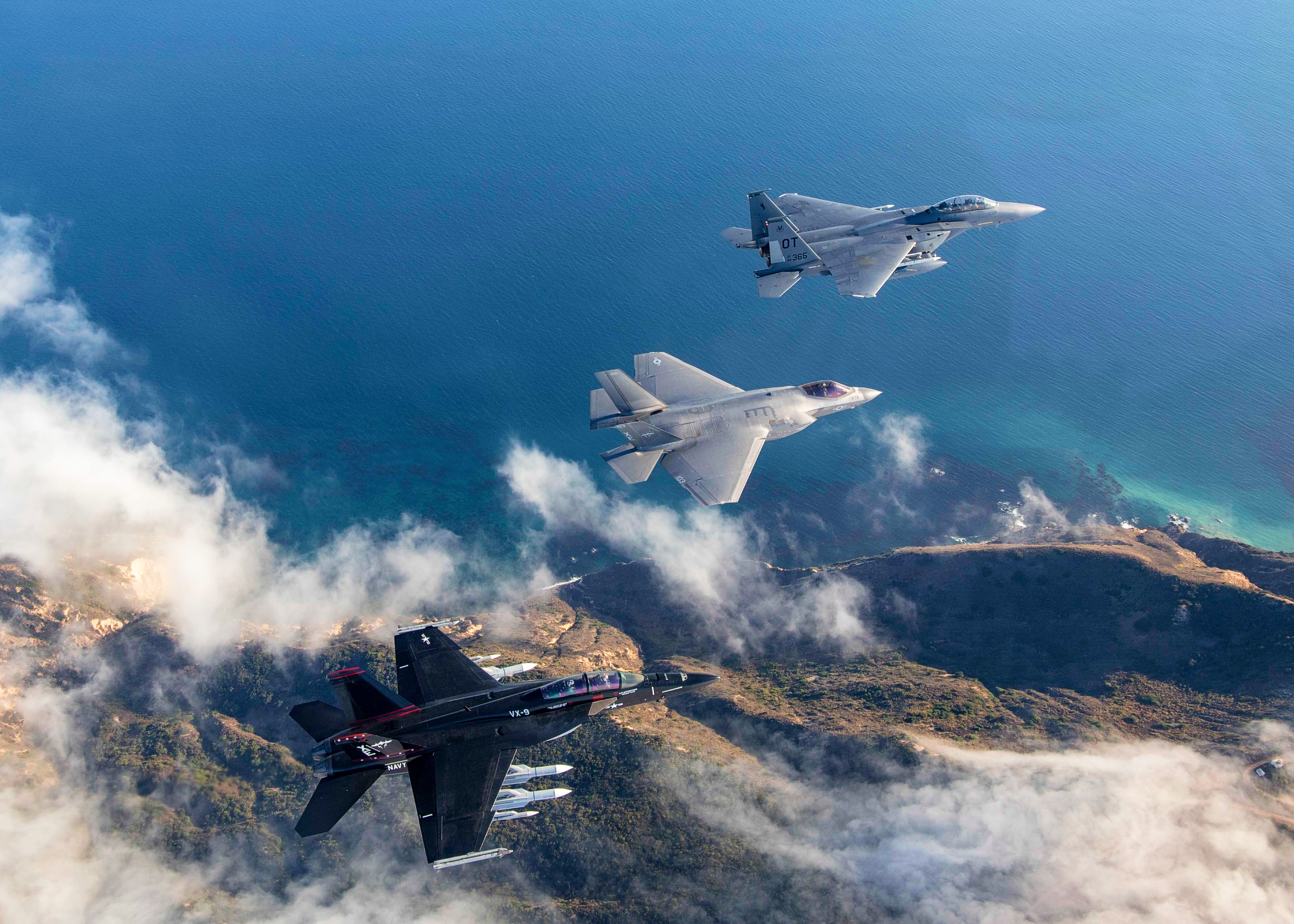Here is a great article I came across, that I think should be shared in this forum.
The US military is essentially putting more effort into maintaining an image (of US military being strong), than actually building up the military to be strong. And the first is also regularly hurting it's efforts of doing the second.
Two later quotes (people should read it fully):
The US military is essentially putting more effort into maintaining an image (of US military being strong), than actually building up the military to be strong. And the first is also regularly hurting it's efforts of doing the second.
Two later quotes (people should read it fully):
And:Here, we must finally make a very basic critique of the entire national security establishment in America, and particularly of the people intending to bring about reform. No thinker, no policy wonk or international relations buff inside the Beltway, would have any problem whatsoever with the suggestion that the military apparatus inside a rival country like Russia, China, or Iran was in fact not a “pure” kinetic instrument but also a tool of ideology. Indeed, the suggestion that modern-day Russia possesses a “pure” military, completely shorn of any function as a tool of regime legitimacy and regime ideology, would typically be dismissed inside the Beltway. Of course the Russian military faces a steady flow of demands on its behavior conditioned by the Kremlin’s desire to appear credible and tough; of course this happens even in cases where this competes with the practical demands of warfighting. This dual nature of the Russian or Chinese militaries—both tools of kinetic warfare and tools of ideology—is simply accepted without argument in D.C., just as everyone willingly accepts, without the need for any particular evidence, that the tension between these two functions often results in a meaningful degradation of capability and readiness for these militaries. Yet for all this casual acceptance of the very real nature of this dangerous and destructive institutional dynamic abroad, America’s most serious thinkers generally display a shocking naïveté and lack of awareness about how this same sort of dynamic plays out inside America itself.
The purpose of an institution is what that institution actually does. The Army and Navy today both prepare for war, and also sacrifice their own resources and cannibalize their own readiness in order to maintain a Potemkin village of capability for public and congressional consumption. In the case where these two demands intersect, narrative maintenance tends to win over practical warfighting concerns. The Army unit commander who sends a suicidal soldier to Poland or Romania for thirty-eight hours in order to juke the stats is only punished if the media get ahold of the story; the commander who refuses to do so and voluntarily files poor readiness reports to his superiors is punished by default. America’s military brass regularly respond to impractical or nonsensical demands from the political leadership through lying or juking the stats. Army unit commanders and Navy ship captains, faced with similarly impossible requirements, lie to their superiors. Their subordinates, in turn, lie to their commanders, and so on it goes all the way down through the ranks. In this context, reform is impossible without first addressing why this entire sprawling network of institutionalized lying has come into being in the first place.


